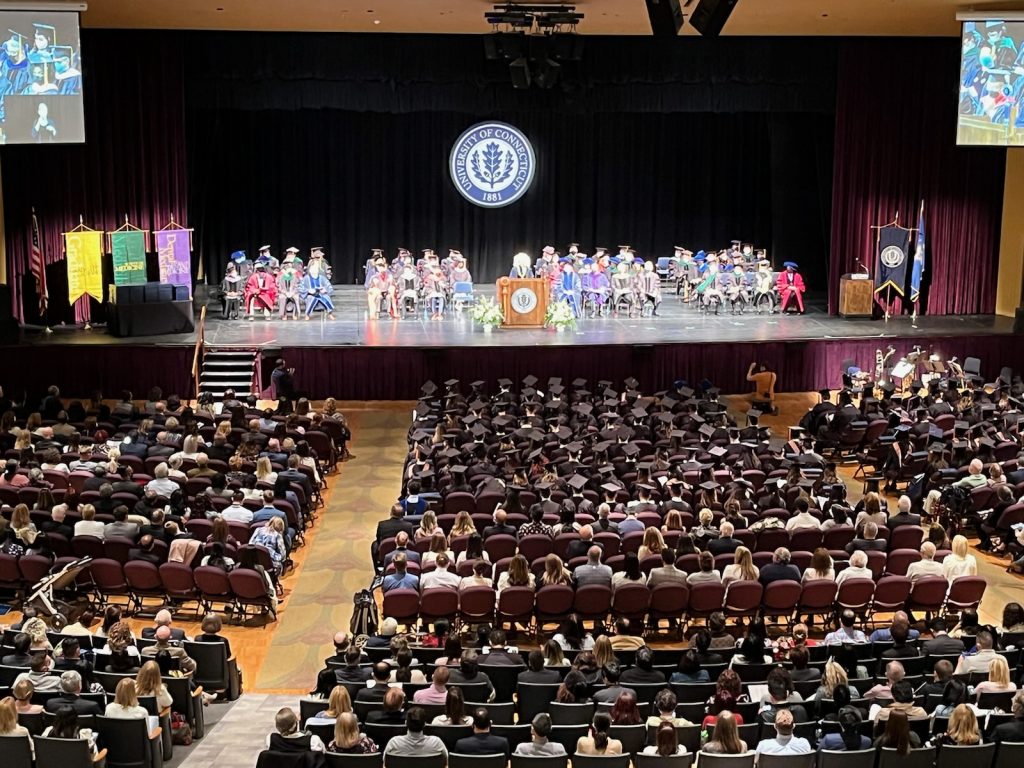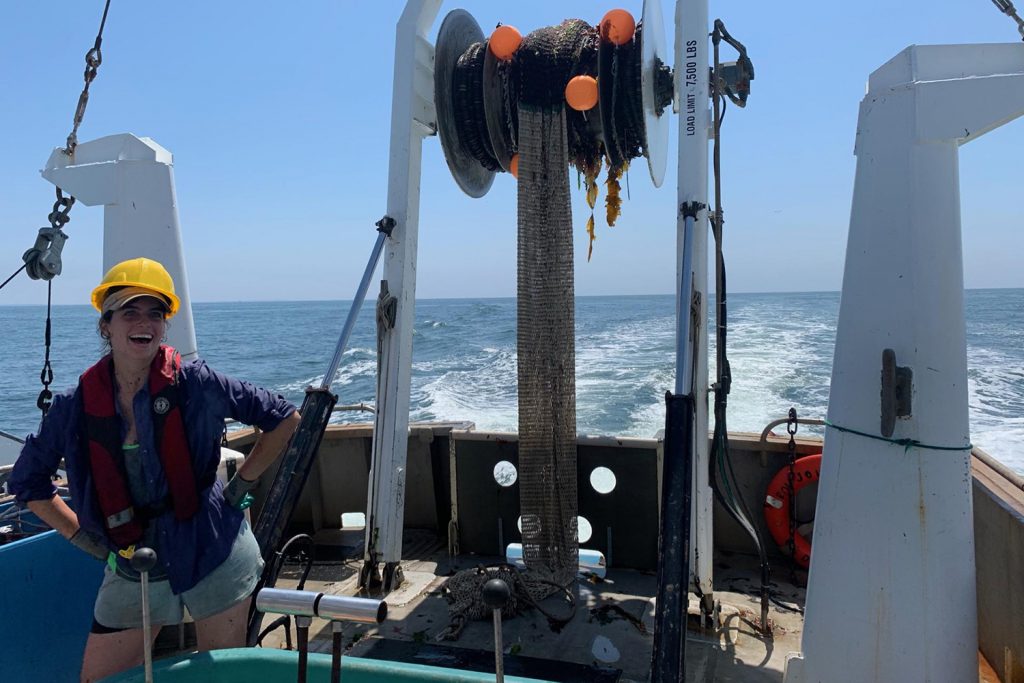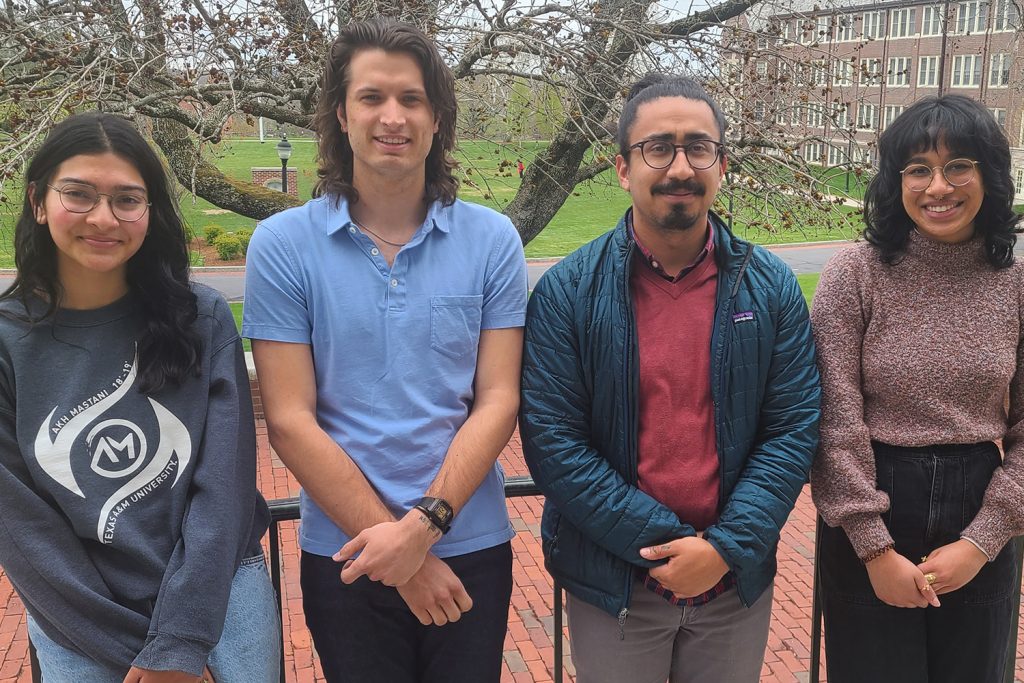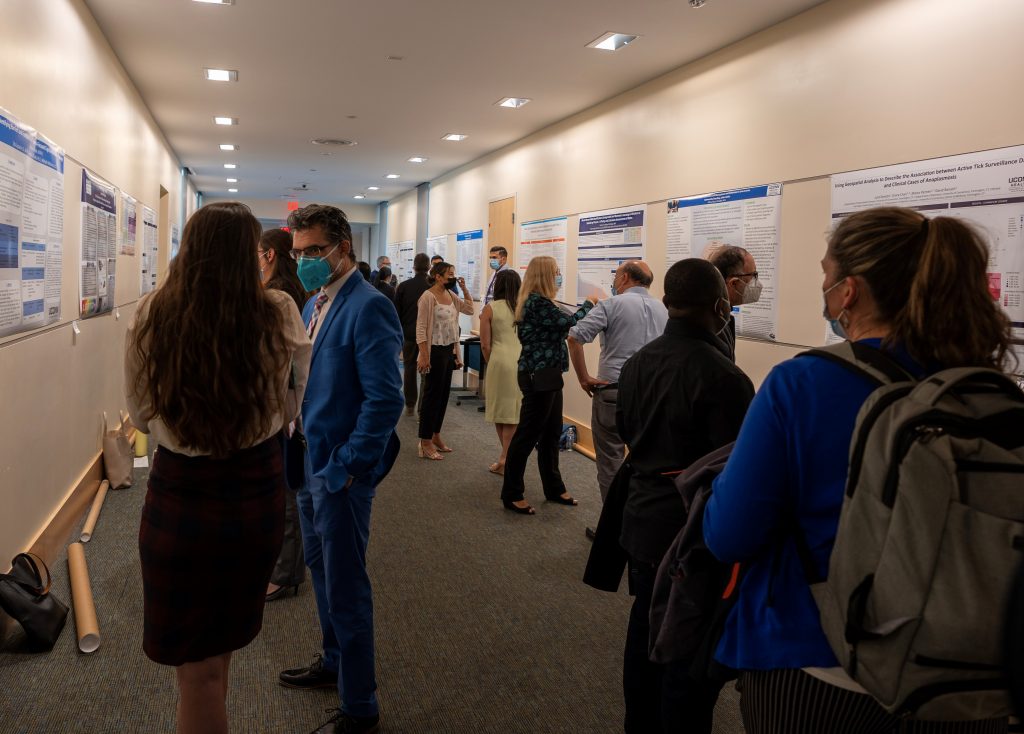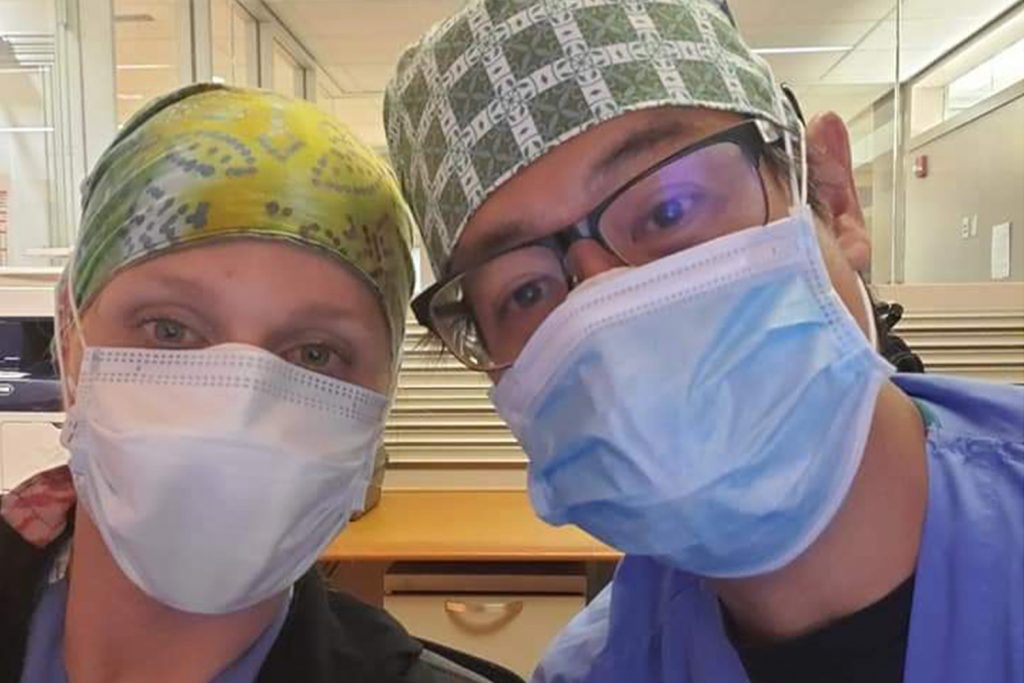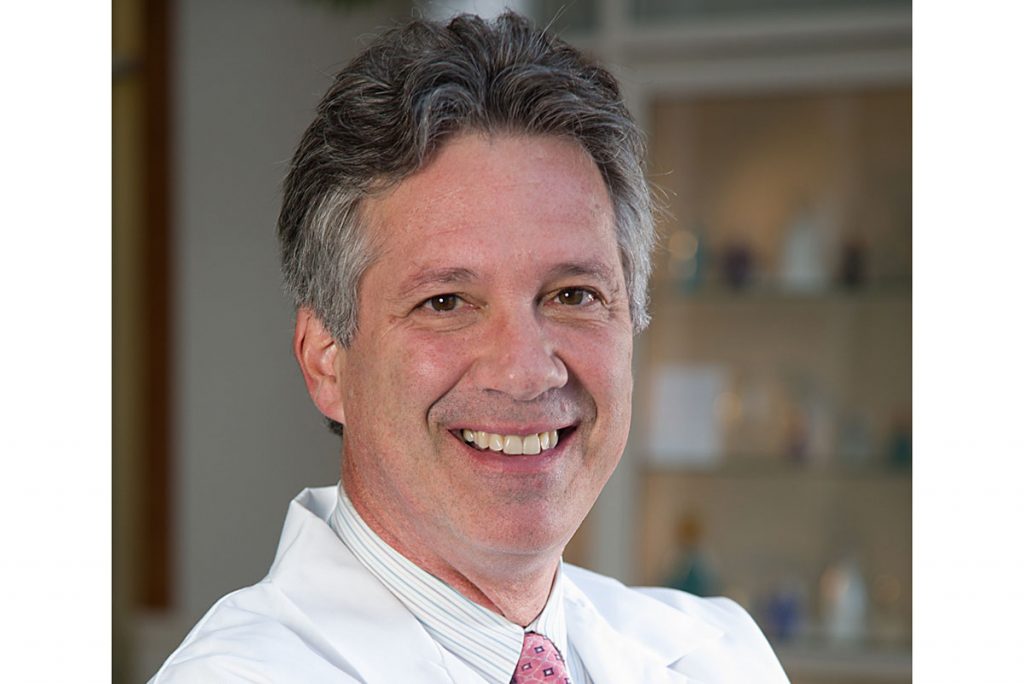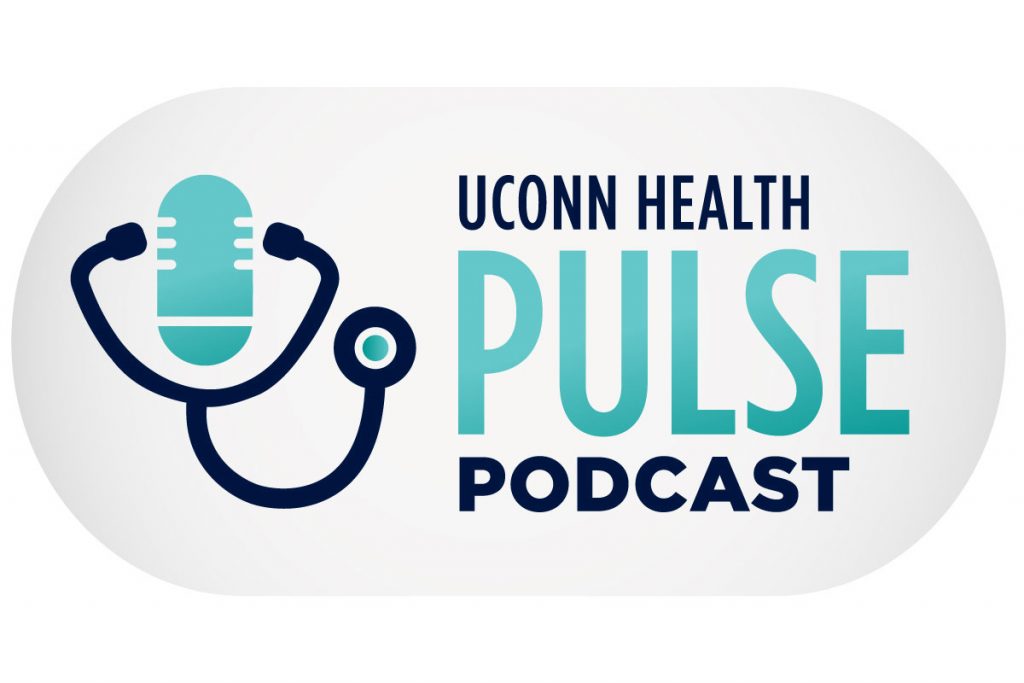The Graduate School
Graduate Student Sarah R. Luria wins 2022 Scholar Award
Sarah R. Luria, a Ph.D. candidate in Neag School of Education's Educational Psychology program, has been selected as one of 100 recipients of the $20,000 Scholar Award from the Philanthropic Educational Organization (P.E.O.) Sisterhood.
May 18, 2022 | Karina Vital
An Unapologetic Love of Nature
How representation helped set a UConn Ph.D. student on the path to rediscover his truest self
May 17, 2022 | Elaina Hancock
UConn Health 51st Commencement Adds 260 to Health Care Workforce
More than 260 new physicians, dentists, scientists, and public health professionals graduated at UConn Health's 51st Commencement on May 9 and are ready to enter the state and nation's health care workforce.
May 9, 2022 | Lauren Woods
Kelli Mosca ’22 MS, College of Liberal Arts and Sciences
"I am using the fieldwork skills that I learned during my master’s degree, but also, some of the data analysis and management skills that I used during my thesis."
May 6, 2022 | Heather Borton
Five Students Earn National Science Foundation Graduate Research Fellowships
The oldest graduate fellowship of its kind, the NSF-GRFP recognizes and supports outstanding students in NSF-supported disciplines who are pursuing research-based master’s and doctoral degrees.
May 5, 2022 | Mike Enright '88 (CLAS), University Communications
Prince Allotey ’22 Ph.D., College of Liberal Arts and Sciences
"One of my favorite things about statistics is using statistical methods to help solve real-life problems. I believe this degree will provide me with guidance and knowledge in developing new and using existing statistical methodologies to handle different types of health data in my country, Ghana."
May 4, 2022 | Heather Borton
Commencement around the Corner for Soon-to-be Masters of Public Health
UConn Graduate School’s Program in Applied Public Health Sciences at UConn Health celebrated both its graduating MPH students and faculty with a special research poster session and awards ceremony on April 29.
May 3, 2022 | Lauren Woods
Husband and Wife Nurses to Walk the School of Nursing Commencement Stage Together
Jill Alsgaard '20 MS and Trung Le '13 (NUR) met while working at UConn Health and are both graduating from the School's master's program
April 26, 2022 | Rachel Antonelli
Renowned Cancer Expert to Address UConn Health Graduates
Dr. William G. Nelson of Johns Hopkins, a national leader in the treatment and research of prostate cancer, is the 2022 commencement speaker and honorary degree recipient.
April 14, 2022 | Chris DeFrancesco '94 (CLAS)
Podcast: Supplying CT’s Health Care Workforce
Dr. Bruce T. Liang, dean of the UConn School of Medicine, and Dr. Steven Lepowsky, dean of the UConn School of Dental Medicine, explain the role of the medical, dental, and graduate schools in preparing and producing generations of professionals to maintain Connecticut's health care workforce.
April 7, 2022 | Chris DeFrancesco '94 (CLAS)


